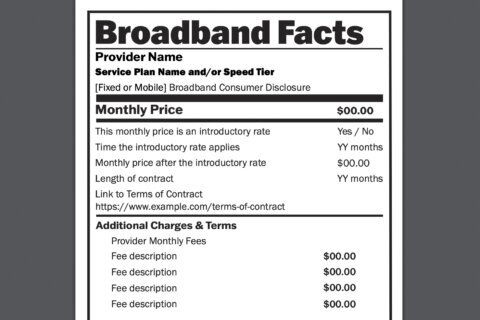Getting into a savings groove before the holidays is one foolproof way to make sure that you have enough cash to go around for food, fun and gifts at year’s end.
Need help getting into the savings spirit? Give one (or several) of these apps a try.
1. Digit (Free, iPhone and Android). The Digit app makes automatic saving a breeze. Digit connects to your checking account to analyze your cash flow. After getting an idea of your income and spending habits, Digit locates money that you don’t need and transfers it into savings for you.
Digit transfers are usually between $5 and $50. The app has a no-overdraft guarantee, so you won’t have to worry about more than what you can afford transferring from your checking account.
[See: 10 Foolproof Ways to Reach Your Money Goals.]
You can also withdraw money from Digit at any time. Your Digit savings are kept in an FDIC-insured account, and data encryption is used to secure your personal information.
2. Qapital (Free, iPhone and Android). The Qapital app is similar to the Digit app because it automates your savings. But Qapital offers several more savings triggers.
For instance, you can set up a Qapital Rule to transfer money to savings whenever you make a guilty purchase to deter yourself from overspending. There’s another rule that will round up each of your purchases to the nearest even dollar and put the difference into savings.
Say you spend $2.50 on a coffee. Qapital will round up that purchase to $4 and add $1.50 to your savings account.
You can also set up a basic savings trigger to transfer money daily, weekly or monthly. The money you save with Qapital is FDIC-insured and Qapital uses data encryption to protect your account information.
3. Level (Free, iPhone and Android). If you’re looking for a tool that will help you become better at budgeting, the Level app may be right up your alley. Level’s purpose is to act as your financial GPS. You connect your financial accounts, and it organizes your bank and credit card account transactions, so you can better monitor spending.
The app analyzes the money coming in and going out to determine how much excess cash you have that’s safe to spend and save. You can also set up savings targets. Level will tell you how much money you’re able to spend each day and still meet your goals.
[See: 8 Personal Finance Myths Money Experts Want to See Disappear.]
One thing to note about Level is that it doesn’t perform automatic transfers like the apps above. Level uses data encryption to secure your bank and credit card information.
4. Tip Yourself (Free, iPhone, not yet available for Android). The Tip Yourself app takes a unique approach to helping you save. The philosophy of the app creators is that since you tip other people regularly, you should also tip yourself for a job well done. For example, you can tip yourself for doing housework or exercising.
You can track your tip progress and encourage other people who use the Tip Yourself app. Money from your Tip Jar can be transferred back to your checking account at any time. Your Tip Jar cash is kept with an FDIC-insured bank partner, and the app is also secured by data encryption.
5. Simple (Free, iPhone and Android). Simple is not just a saving or budgeting app but a full-fledged online bank account with bells and whistles. The account comes with an ATM card, and you can set up savings goals to put away money automatically.
What makes the Simple app stand out are the pretty visuals. There are colorful progress bars for each one of your goals, and Simple tells you how much is safe to spend based on your savings targets.
This bank account has no fees. You can use your Simple ATM card for free at more than 50,000 ATMs nationally. Remote deposit is available as well. Simple accounts are FDIC-insured.
6. Acorns (Free, iPhone and Android). Acorns is an investment app, which is a little bit different from the other saving and budgeting apps discussed in this roundup. Acorns rounds up every purchase you make to the nearest dollar and transfers the coins into an investment account.
[See: 8 Big Budgeting Blunders — and How to Fix Them.]
Your change is invested in a portfolio of ETFs based on the risk tolerance assigned to you after answering a few questions. ETFs are bundled funds made up of stocks or bonds and traded on an exchange like stocks. If you’re new to investing, automating your investment strategy may be a non-threatening way to get started.
Although the app is free to download, the portfolio management fee is $1 per month if you have a balance less than $5,000. For accounts with a balance over $5,000, you pay 0.25 percent per year.
For conservative spenders, Acorns may not be worthwhile if the spare change from your purchases doesn’t cover the monthly fee. However, you can set up additional automatic deposits into the investment account to supplement the spare change. Acorn uses encryption and never stores data on your devices for security reasons.
More from U.S. News
10 Money-Saving Websites to Check Before Shopping
11 Ways to Save Time and Money
These Apps Will Help You Save More Money for the Holidays originally appeared on usnews.com







